Wireframe with basic lighting
Gradient added
Way too much post processing, but I'm calling it done for the purposes of this post.
Below are some —much better— examples in the from the tutorial page.
A screenshot of Tearaway
Included below is the link for more examples and the source for those above. Embedded as well is greyscalegorilla's excellent to tutorial for creating low poly illustrations in Maxon Cinema 4D. Which is a very expensive piece of software, but you may have it for another class, or the lite version included in CC. But there are also tutorials for Blender (which is open source freeware) out there if you really want to try it and don't have a version of Cinema 4D. Regardless of whether you find this style of 3D modeling interesting enough to try, I feel it has unique merit as an artistic style. It reminds me a lot of paper craft in many cases. As a recent video game example Tearaway employed these type of effects to create a dynamic paper craft world. From a design standpoint, these types of graphics may be useful for creating dynamic, creative imagery with a wide variety of applications. Such as web graphics, posters, advertisements, books, packaging design, TV graphics, and just about anywhere CG are used. The exprementation with 3D animation and modelling software can yield sometimes unexpected yet beautiful results from manipulation of even the simplest objects.
Featured sources:
Low Poly Illustration, What's the Secret
Screenshot of Tearaway via Eggplante!




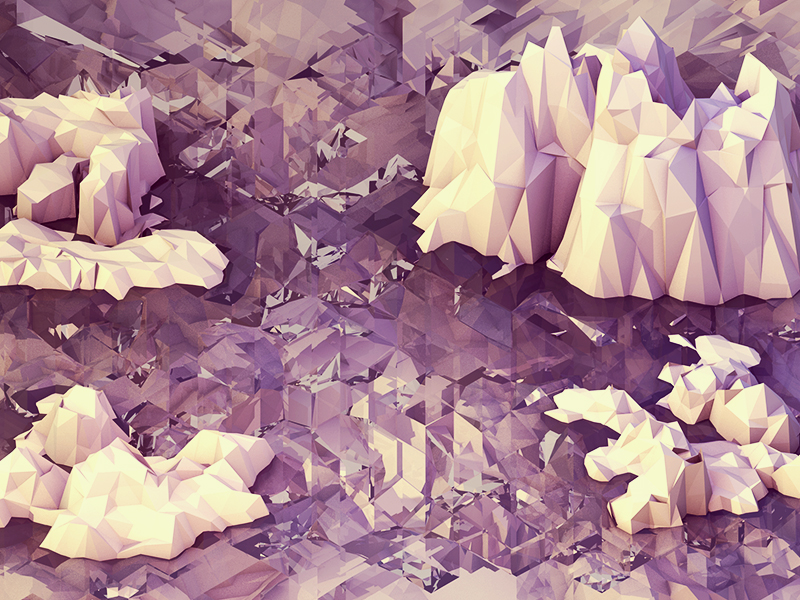
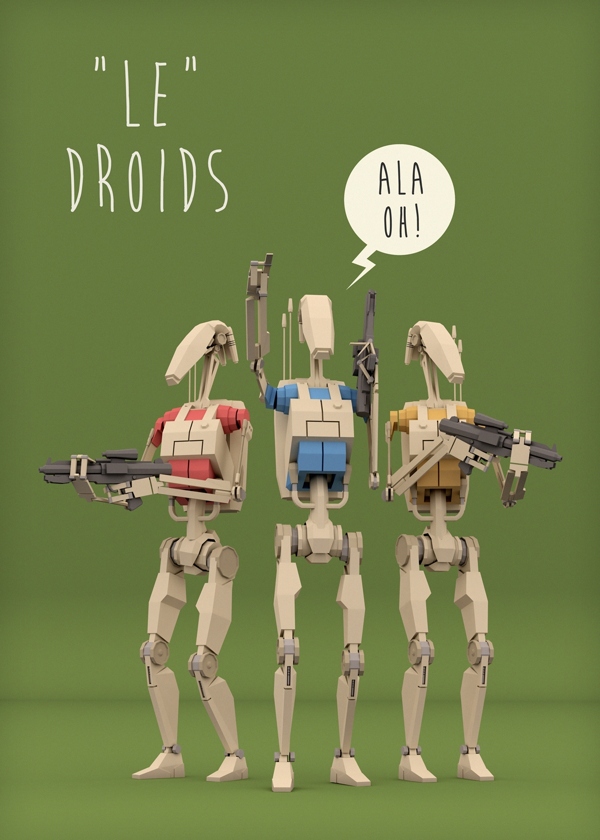
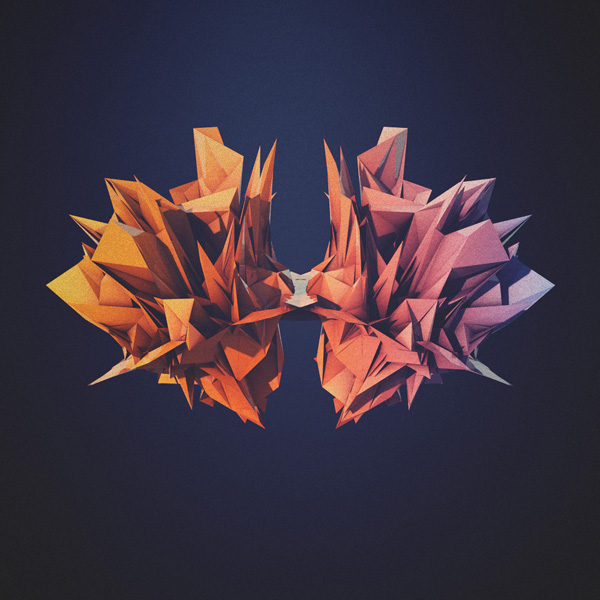
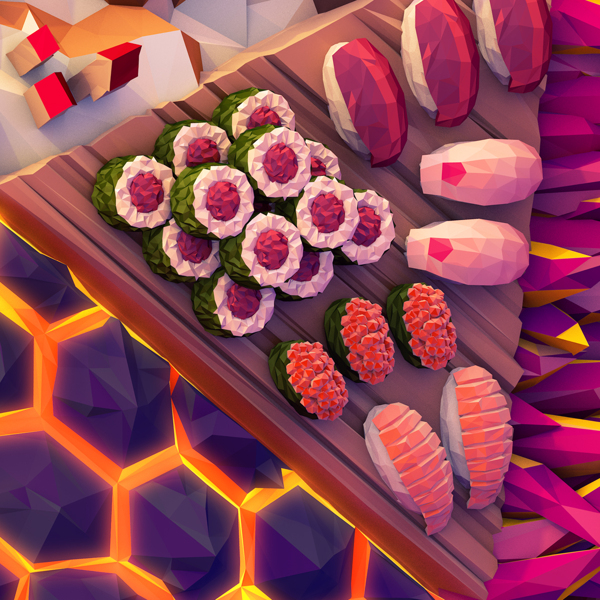
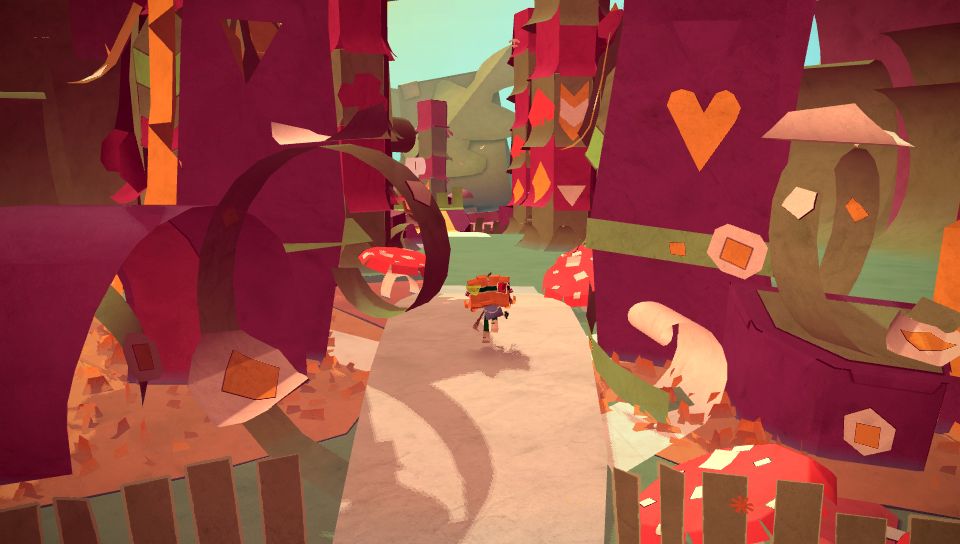
Nice job Thomas! I think the low poly stuff provides for an easy way of getting some interesting graphic arts. I still haven't tried it yet but I hope to do it soon and maybe even animate my low poly stuff.
ReplyDeleteHey this is great Thomas. This looks like a good tool for beginners in the 3D world. I think the sushi looks great, how detailed yet simplistic it is. This area of art is growing rapidly and programs such as these could be useful for future artists. Yet it is all still so amazing how we've come to create interfaces that imitate something real. Nice post man!
ReplyDeleteThis is pretty cool. Seeing you try to work on this looks super difficult but still its pretty good. Some of these artworks are super impressive but for your first time I think its still pretty cool! I think this is definitely some pretty unique stuff and ide like to look at it in more detail and see what maybe i could do! Thanks for the share Thomas!
ReplyDeleteVery cool. I see a lot of this type of art in multiple video games, and it is always presented beautifully. These examples are very interesting and appealing, I really like the image of the droids. I would like to try doing this sometime. Thanks for sharing.
ReplyDeleteLow-poly has it's own aesthetic quality that I like very, very much. I like it for its simplicity and efficiency. These are very unique looking and I think some of them looks better than high-poly renders. On a side note, your attempt is pretty good looking too.
ReplyDeleteLow Poly is a really great. I enjoy the contrast of modeling in 3D to make a 2D image when we have mostly started from 2D sketches to model 3D; I digress but very cool tutorials. The way that low poly has such a visible appeal by playing on how our eye interpret polygonal forms is very interesting. I would keep playing around with different applications and techniques with this art form, you have a good start and I'd like to see some more. Great Stuff!
ReplyDelete